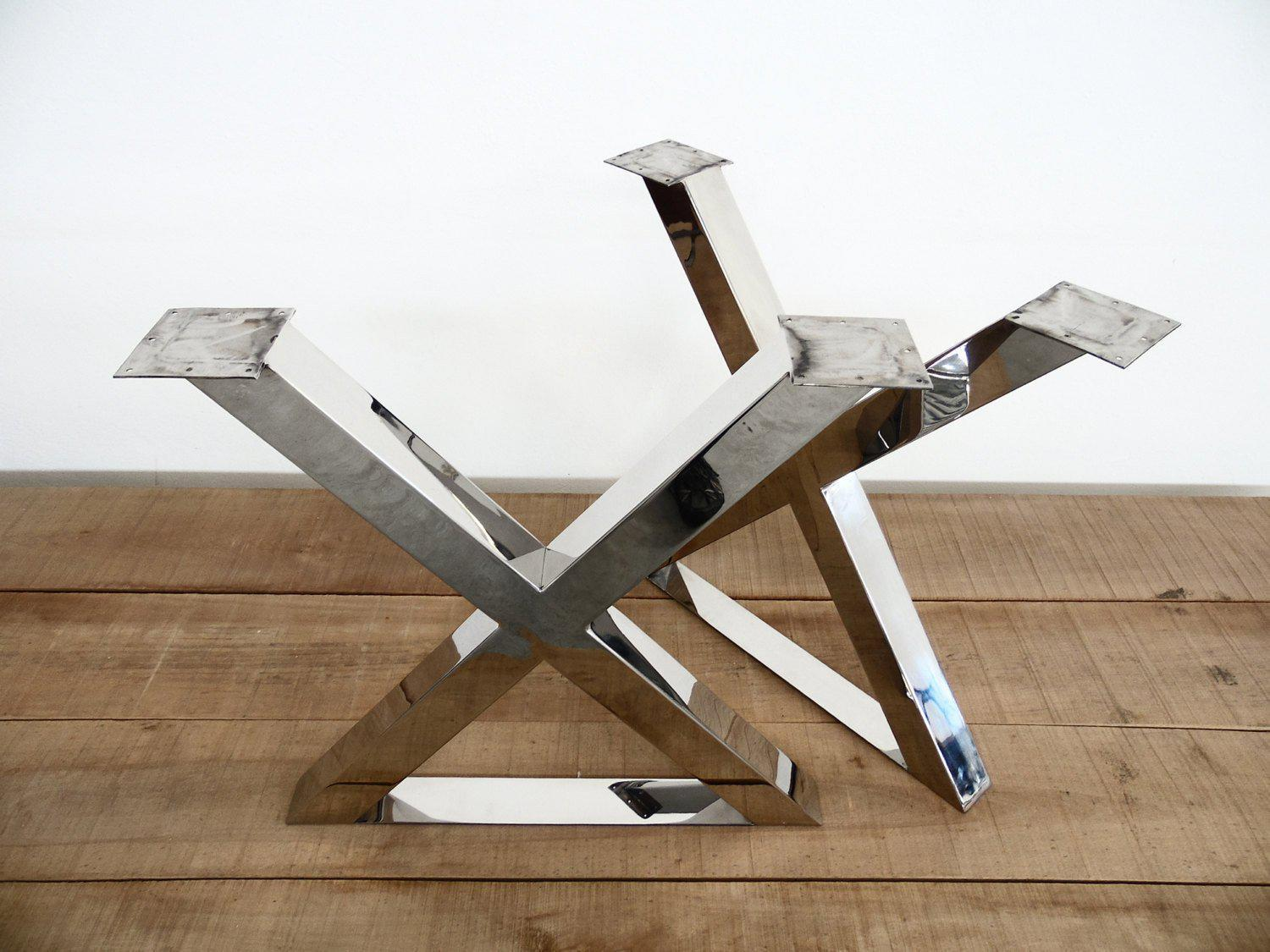Table Legs: How to Select the most effective Styles for Your Space
Picking the best eating table legs is vital for both aesthetic and useful consistency in your dining space. Whether your room boasts a streamlined, modern ambiance or leans towards an extra traditional setting, the design of the legs can substantially influence the total appearance. Tapered legs emanate modern style, while transformed legs provide a nod to traditional beauty.
Evaluating Your Dining Area Design
Exactly how do you establish the very best table legs for your space? The response starts with a detailed analysis of your eating area style. A cohesive design ensures that your table legs improve the total visual as opposed to clash with existing components. Start by observing the building features of your dining-room. Exist popular characteristics such as subjected beams, elaborate moldings, or minimal lines? These information usually dictate whether a conventional, rustic, contemporary, or commercial design is most suitable.
An eating space with smooth, contemporary chairs and metallic accents might benefit from straightforward, streamlined table legs. Conversely, a space filled up with vintage pieces and rich textiles could call for ornate, carved legs.
Big, open eating rooms can suit heavier, much more considerable legs, whereas smaller areas need more fragile, inconspicuous designs. By very carefully reviewing these elements, you can choose dining table legs that harmoniously mix with your dining room's design.
Popular Leg Styles Discussed

One prevalent design is the tapered leg, renowned for its sleek, modern-day appearance. Next, the turned leg functions complex spindle-like layouts, commonly found in typical and farmhouse settings.
Cabriole legs, with their unique contours, are synonymous with French Provincial and Queen Anne furnishings. Their graceful, streaming lines bring a feeling of refinement and historical charm (dining room table legs). For those favoring a durable and simple layout, square legs offer tough support and a tidy, geometric appearance, ideal for industrial or minimal rooms
Finally, hairpin legs use a retro, mid-century modern-day vibe. Made from steel, these legs are both lightweight and solid, including an one-of-a-kind visual comparison to wood table tops. Understanding these designs will guide you in choosing eating table legs that improve your room's aesthetic and capability.
Product Considerations

Steel legs, commonly made from stainless steel, iron, or aluminum, give a contemporary and commercial appearance while making sure robust support. They are normally much more resistant to use and tear, making them a long lasting choice.

Other materials like bamboo or rattan use environment-friendly choices, bringing a natural and relaxed ambiance to the eating area. Each material has its advantages and disadvantages, and the ideal choice will rely on your specific demands and choices.
Balancing Appearances and Functionality
Achieving the best equilibrium between visual appeals and capability is crucial when picking table legs. While the aesthetic charm of table legs can significantly enhance the general atmosphere of a dining room, their click here now useful elements can not be overlooked. The design of the legs should integrate with the area's design, yet they should additionally provide appropriate assistance and security for the table.
Think about the building layout of your room. Smooth, modern-day interiors may take advantage of minimalist, steel legs that use a tidy and inconspicuous look. On the other hand, standard setups frequently complement turned or carved wood legs that add a touch of style and elegance.
Capability includes the security and toughness of the legs. As an example, trestle legs, known for their effectiveness, can offer solid support for larger tables, making them suitable for households or constant artists. dining room table legs. Alternatively, pedestal legs can provide even more legroom and versatility, enabling far better seats setups
Moreover, the elevation and positioning of the legs are critical for comfortable dining. Legs put as well much internal might impede seating, while those as well near the edge can limit movement. Hence, thoughtful factor to consider of both aesthetic and useful elements is extremely important for an optimum dining experience.
Personalization and Do It Yourself Options
Customization opens a realm of opportunities for creating dining table legs that are distinctively tailored to your taste and demands. Particular layout aspects, such as turned legs, tapered shapes, or intricate carvings, can be incorporated to show your design.
For those inclined towards diy (DIY) projects, developing customized table legs offers both a rewarding experience and the opportunity to achieve a bespoke visual. Do it yourself fanatics can source resources and utilize woodworking or metalworking tools to craft legs that meet specific requirements. Furthermore, numerous on the internet tutorials and workshops give guidance, making the process extra accessible for beginners.
Eventually, whether going with professional customization or starting a do it yourself venture, the capability to customize dining table legs ensures that the final item integrates with your interior decoration vision, enhancing both functionality and visual allure.
Conclusion
Selecting the ideal table legs needs cautious consideration of the overall design of the dining-room, including existing architectural features and furniture. Comprehending popular leg designs and product options is necessary for achieving continue reading this a harmonious visual. Balancing aesthetics with functionality guarantees stability and enhances the eating experience. Modification options additionally enable a tailored design. Inevitably, the selected table legs must complement the design, providing both aesthetic appeal and functional assistance.